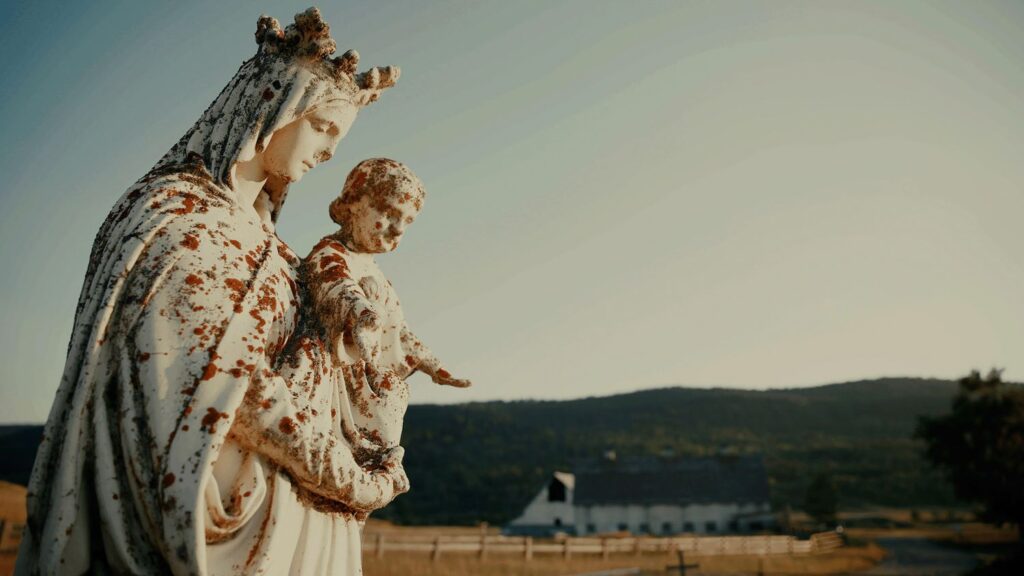SUGARCANE
(director/writer: Emilie Kassie, Julian Brave NoiseCat; cinematographers: Emilie Kassie, Christopher LaMarca; editors: Maya Hawke, Nathan Punwar; music: Mali Obomsawin; cast: Charlene Belleau, Rick Gilbert, Julian Brave NoiseCat, Ed Archie NoiseCat, Willie Sellars, Whitney Spearing; Runtime: 111; MPAA Rating: NR; producers: Kellen Quinn, Emilie Kassie; Hedgehog Films; 2024-USA/Canada-in English and some French)
“A powerful and searing historical documentary.”
Reviewed by Dennis Schwartz
It’s a powerful and searing historical documentary co-directed and co- written by short films director and journalist Emilie Kassie and the Indigenous filmmaker Julian Brave NoiseCat. It uses investigative journalism to expose the long-time outrages foisted on the Indigenous in residential schools (all residential schools in Canada and the USA were closed in 1997).
It tells the horrific true story of abuse and missing children over a period of many decades at the St. Joseph’s Mission residential school, near the Sugarcane Reserve of Williams Lake in British Columbia.
There are interviews with the student survivors, now adults, telling of the abuse at St. Joseph’s. When NoiseCat’s father and grandmother are interviewed, they tell of the abuse they have suppressed for all these years.
The school closed in 1981. It was started over a century ago to deal with the so-called “Indian problem” and repulsively did so by brainwashing the students into losing their Native languages and customs, and becoming forcibly assimilated. The school was run by Catholic priests and nuns, who often were sadistic in ruling over the powerless Indigenous community.
Using archival material to make its case of abuse, it reveals how so many students died when escaping or committing suicide, that priests sexually abused both male and female students, and that many students were left with a lifetime of trauma from their abusive school days.
We learn of the investigation by the Williams Lake First Nation and their discovery in 2022 that there were 50 unmarked graves found on the grounds at St. Joseph’s.
Those investigating the abuses, Charlene Belleau and Whitney Spearing, uncover numerous ghastly crimes against humanity. Why there were no prior investigations is because any complaints by the students or their families were ignored by the school.
The film serves as a reminder that this shocking horror story must not be forgotten, and that the Indigenous community must heal and deserves to get justice in the form of reparations for their pain and for being victimized for such a long time by such atrocities from the Catholic Church’s evil schools.
It played at the Sundance Film Festival.

REVIEWED ON 4/9/2024 GRADE: A